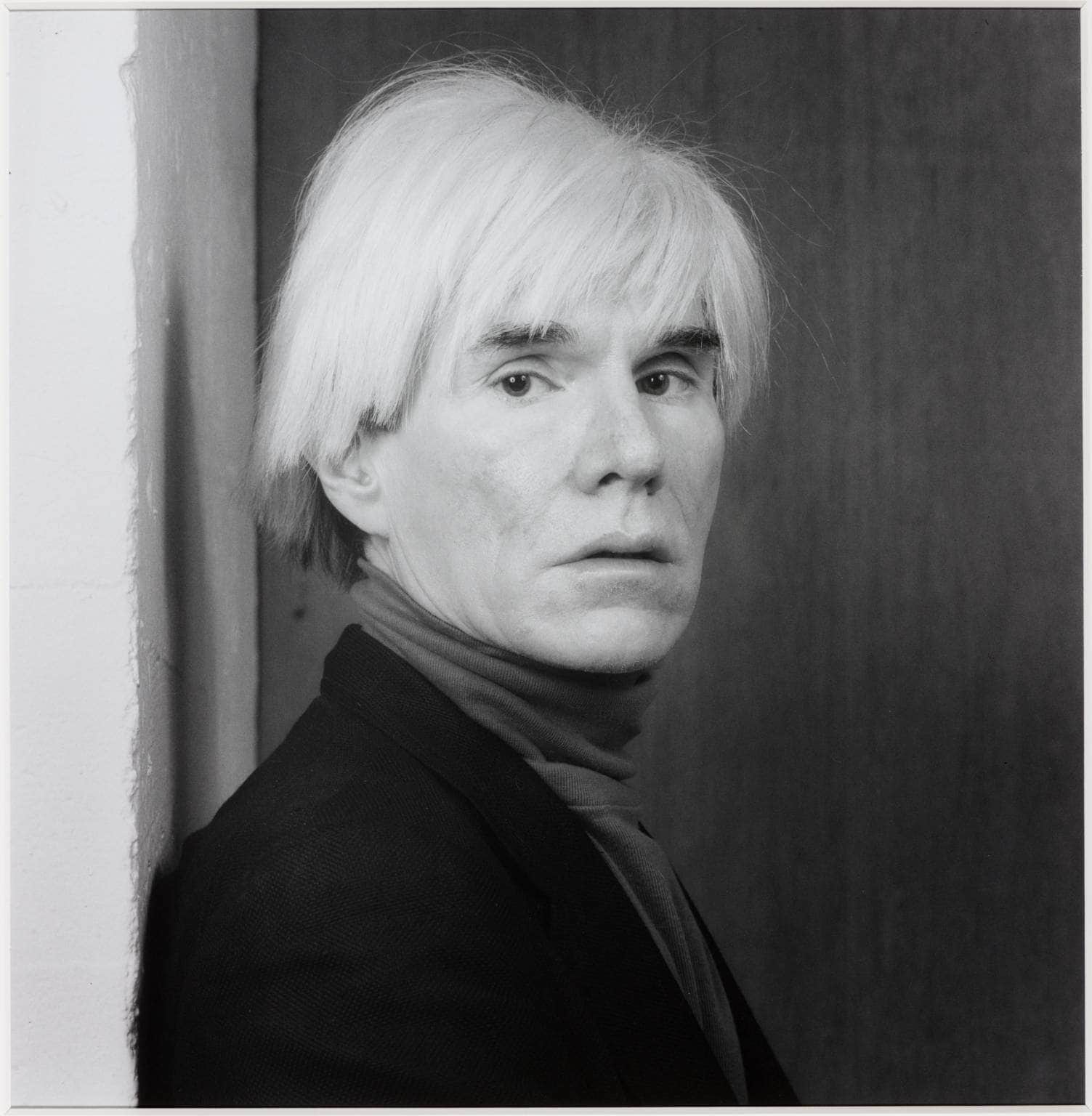Key Takeaways: Unveiling the Enigmatic World of Andy Warhol
- Transformative Impact on Art: Andy Warhol revolutionized the art world with his unique pop art style, challenging traditional notions of art. His works, blending art and advertising, reshaped the landscape of modern art.
- Innovative Techniques: Warhol’s use of silkscreen printing, his blotted line technique, and his focus on mass-produced objects brought a fresh perspective and made art accessible to the masses.
- Iconic Works and Themes: His creations like ‘Campbell’s Soup Cans’ and ‘Marilyn Diptych’ became cultural landmarks. Warhol’s themes often revolved around celebrity culture, consumerism, and commentary on everyday objects.
- The Factory: His studio, The Factory, was a melting pot of ideas, bringing together diverse individuals from various backgrounds, and played a significant role in shaping the New York art scene.
- A Life of Contrasts: Warhol’s personal life was as fascinating as his art. Openly gay in a conservative era, a devout Catholic, a social butterfly yet deeply private – these contrasts made him an intriguing figure.
- Enduring Legacy: Warhol’s influence extends beyond art into fashion, music, and culture. His style continues to inspire artists, and his works remain highly sought after in the art market.
Frequently Asked Questions
- What made Andy Warhol’s art style unique?
Warhol’s art was unique due to its focus on commercial and popular culture, use of vibrant colors, and incorporation of everyday objects like soup cans and celebrities, redefining what could be considered art. - How did Andy Warhol influence modern art?
Warhol’s influence on modern art lies in his challenge to traditional art boundaries, introduction of mass production techniques, and his fusion of art with consumerism and pop culture. - What is the significance of Warhol’s Campbell’s Soup Cans?
‘Campbell’s Soup Cans’ signifies a pivotal moment in art history where mundane, everyday objects were elevated to fine art, challenging the elitism in art and reflecting the burgeoning consumer culture. - Can you explain Warhol’s blotted line technique?
Warhol’s blotted line technique involved applying ink to paper and then blotting the ink while still wet, creating a distinct line quality. This method combined drawing with basic printmaking, allowing for variations and repetitions. - What was the Factory, and why was it important?
The Factory was Warhol’s studio and a famous gathering spot for artists, musicians, and celebrities. It was important as a hub of creativity, where Warhol created most of his famous works and mentored several young artists.
Remember, Warhol’s life and art were intertwined in a vivid tapestry that reflected the dynamic cultural shifts of the 20th century, making him a pivotal figure in the art world.
